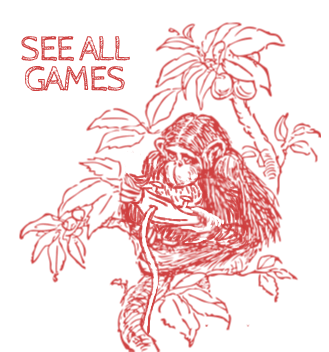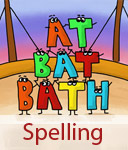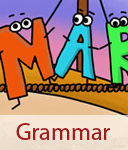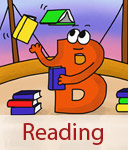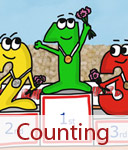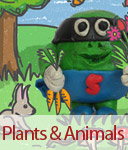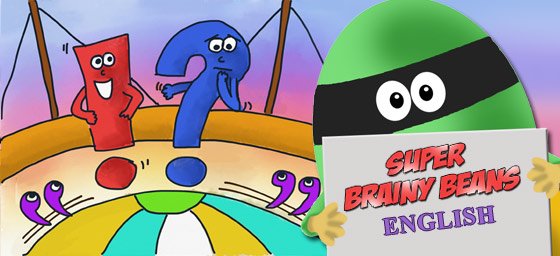
Punctuation Year 2
Punctuation Year 2 KS1. Support on punctuation for kids with Super Brainy Beans. Primary homework help with commas, speech marks, apostrophes.
Pick a level

Full stops
Remember that sentences always end with a full stop.
Dolly jumped over the fence.
 Full stops (Advanced)
Full stops (Advanced)Read the sentence. Click and drag a snail to where the full stop should be.

Capital letters
Remember that sentences always start with a capital letter.
Today was sunny.
A person's name (proper noun) always starts with a capital letter even if they are in the middle of a sentence.
Jake went out to play. On the way to the park, he saw Sam.
A place (proper noun) also begins with a capital letter.
We went to York in the holidays.
Special names (proper nouns) also begin with capital letters. These are days, Monday, months, April or special dates Christmas and Easter.
Christmas is on Wednesday, 25th December.
Proper nouns can also be names of brands, Ferrari, tiles of books, plays or films, The Twits, or it could be names of paintings or sculptures, Mona Lisa.
I drove my Mercedes to Waterstones to buy a copy of Mr Stink then drove to the theatre in time to see Matilda.
Remember to use a capital letter when you use I.
While I was at the beach I had ice cream.
 Capital Letters (Advanced)
Capital Letters (Advanced)Spot where the capital letters should go.

Question mark
Question marks are used at the end of a question.
Did your football match go well today?
 Question Mark Game
Question Mark GameZed is inventing things in his shed again. Give the sentences their question marks to help Zed collect his tools for his latest invention. What has Zed made this time?

Exclamation mark
Use the exclamation mark to show emphasis or surprise.
Stop! The car is coming.
NOTE: Don't use more than one exclamation mark.

Commas in lists
Commas are used to separate items in a list.
Take this shopping list:
- Apples
- Bananas
- Pears
- Grapes
As a sentence it looks like this:
I brought apples, bananas, pears and grapes at the shop.
Notice there is no comma separating the last two items as you have 'and' instead.
Try changing these lists into sentences using commas.

Apostrophes to shorten words (contractions)
You use an apostrophe to show that letters have been missed out of a word. These words are called contractions.
did not = didn't
do not = don't
![]() Be careful when you use its and it's. You don't always need an apostrophe. If you are not sure, read the sentence as it is and see if makes sense.
Be careful when you use its and it's. You don't always need an apostrophe. If you are not sure, read the sentence as it is and see if makes sense.
It's raining. = It is raining. ![]()
The cat licked it's fur. = The cat licked it is fur. ![]()
The last sentence is incorrect and doesn't make sense, so you do not use an apostrophe.

Apostrophes to show belonging (possession)
Use an apostrophe to show that something belongs to someone. The rules below all work when talking about one person.
If the word does not end with s then just add 's.
dog = The dog's ball.
If the word ends with s then either add 's or just '.
James = James's coat or James' coat.
If the word ends with ss then just add 's.
princess = The princess's gown.

